The main thing to look out for when laying artificial grass on concrete, stone, or paving, is whether the surface is good enough and whether there’s adequate drainage.
Is the surface in good condition?
Undoubtedly, this is the most important question. To be able to lay artificial grass on concrete or paving, it needs to be mostly flat, stable, and without major cracks.
By major cracks, we mean anything that is wider than 20mm. If a crack is this big then there’s likely to be more damage that you can’t see underneath and it’s not wise to install artificial grass on top of it. Smaller cracks can be filled with self-levelling compounds during the process, as these shouldn’t be a major issue.
If there are any wobbly slabs or stones, or the concrete itself is damaged, loose, and coming apart, then it’s unlikely to be able to take an artificial lawn on top.
Is the surface even?
Small undulations on the surface shouldn't be an issue. You can lay artificial grass on concrete that’s uneven, as these bumps can be sorted later in the process with sand and compounds. However, large bumps or depressions are again likely to cause problems. Anything less than 20mm above or below the main surface should be able to be rectified with sand, but anything higher is likely to cause problems with the artificial grass.
If you think you’re unable to lay artificial grass on your existing concrete or paving, you should take it up and put down a more solid artificial grass underlay for your concrete.
Is the drainage sufficient?
Drainage is another thing to consider. Although artificial grass holds water well, if the existing surface retains too much water, it’s not ideal to lay turf on top of it. The only real way to check is to wait for good ol’ British weather to do its thing. If not, a hosepipe will do the trick.
Unless the puddles are significant, it won’t be an issue - you can simply drill some holes to allow the water to drain away.












































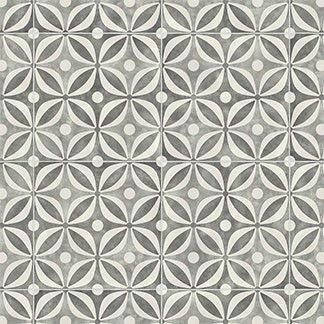
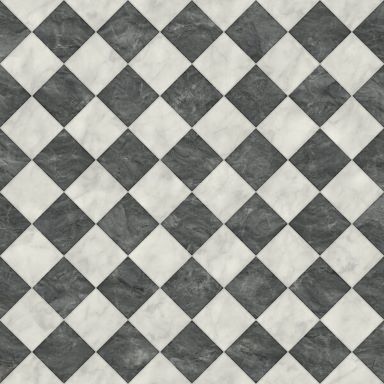

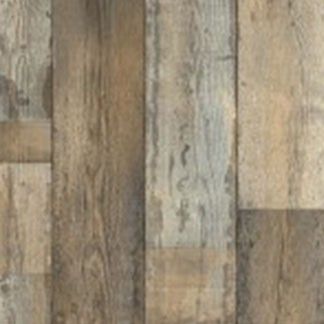











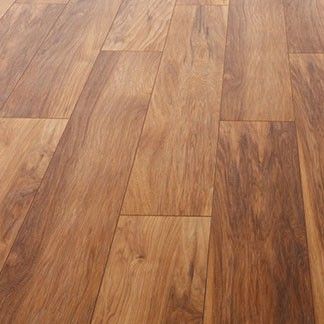
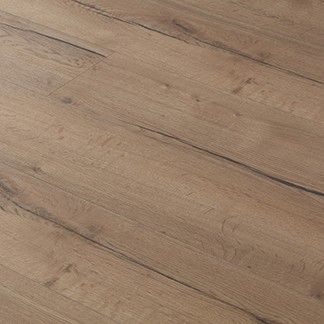












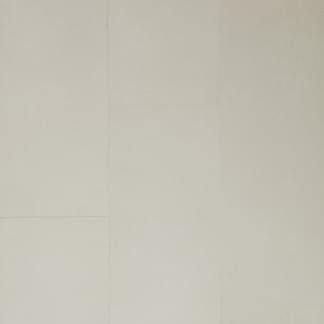




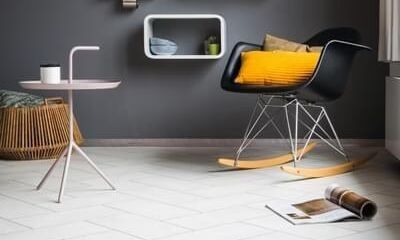
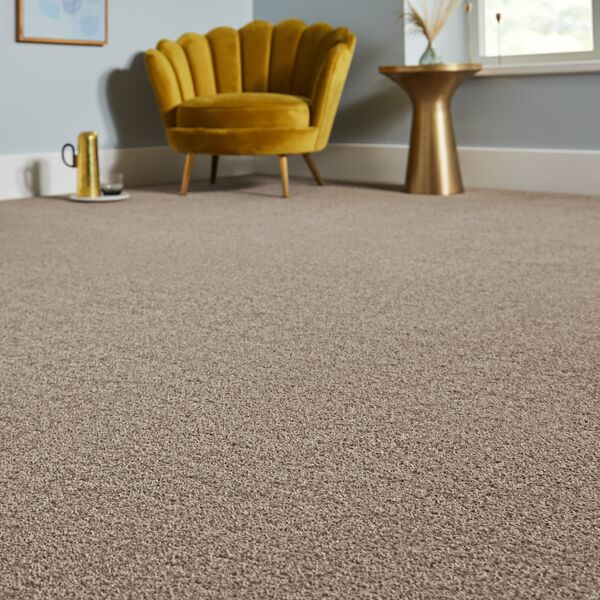
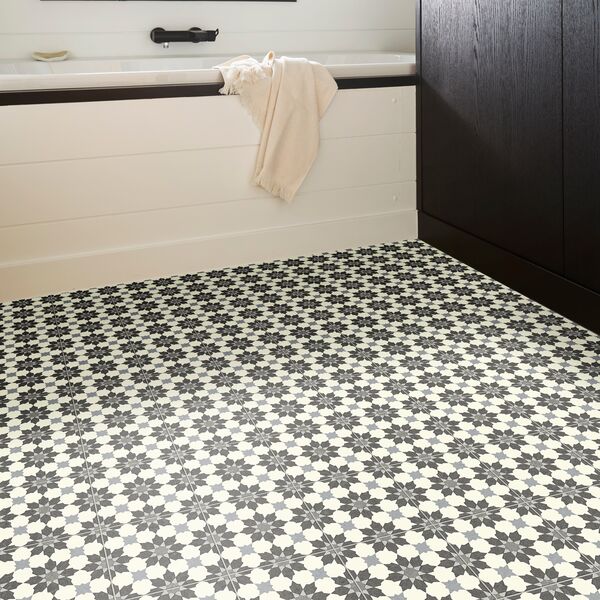
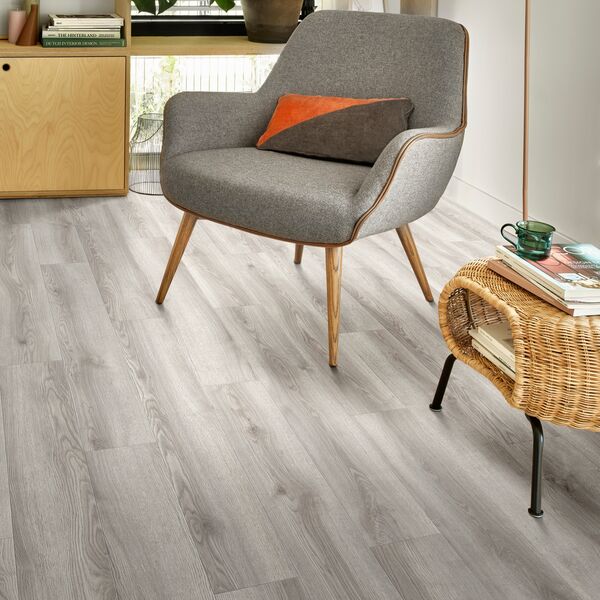

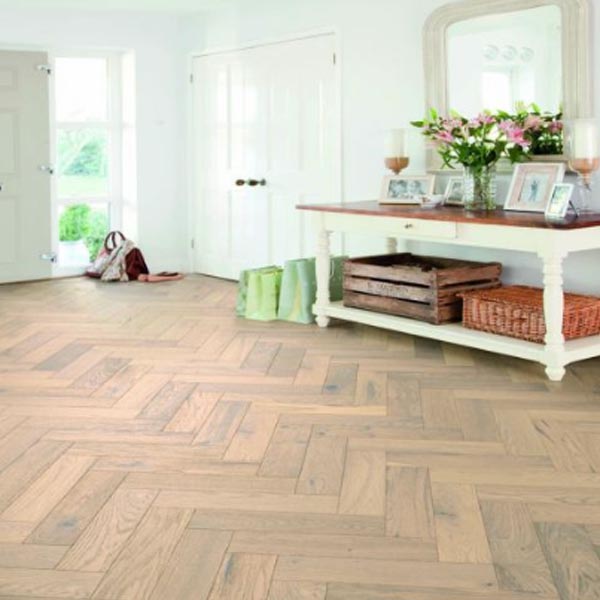
.jpg)


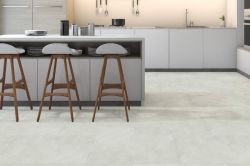

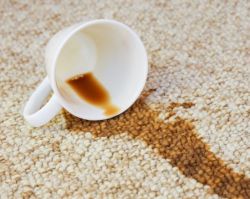





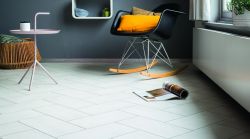

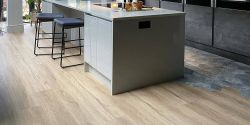

-250.jpg)
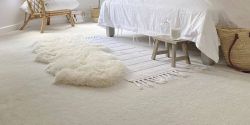

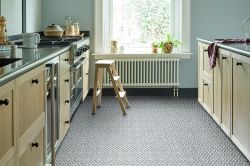



-250.jpg)
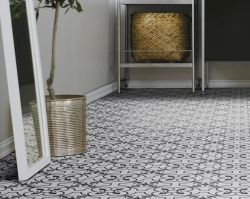

-250.jpg)

 copy-250.jpg)








-250.jpg)
 - Article Image (not header)-250.jpg)
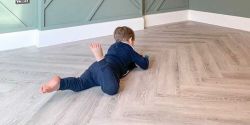
-250.jpg)

-250.jpg)







